Many think this lithium ion alternative will nearly double vehicle range and reduce charging time, dramatically changing the perception and performance of electric vehicles.
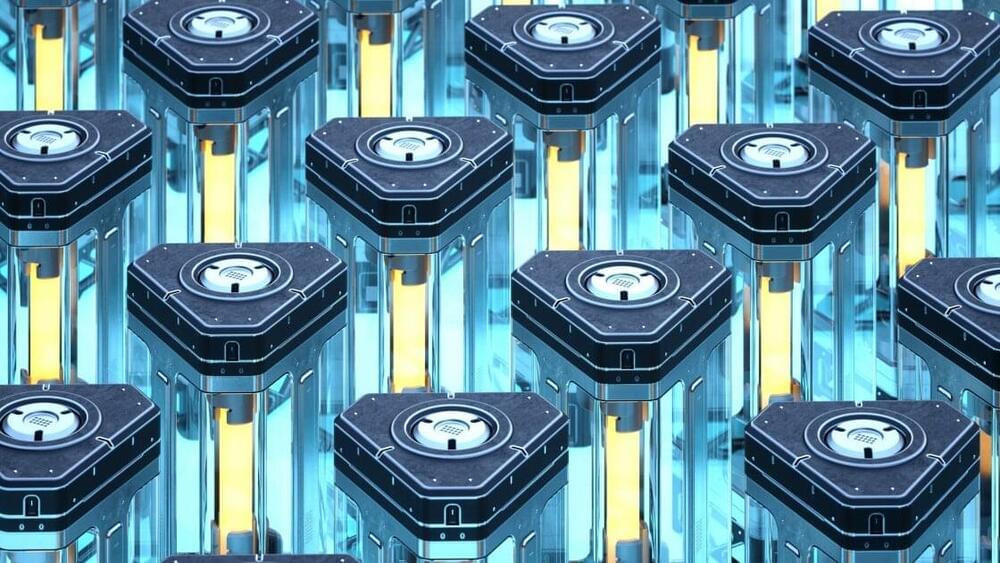

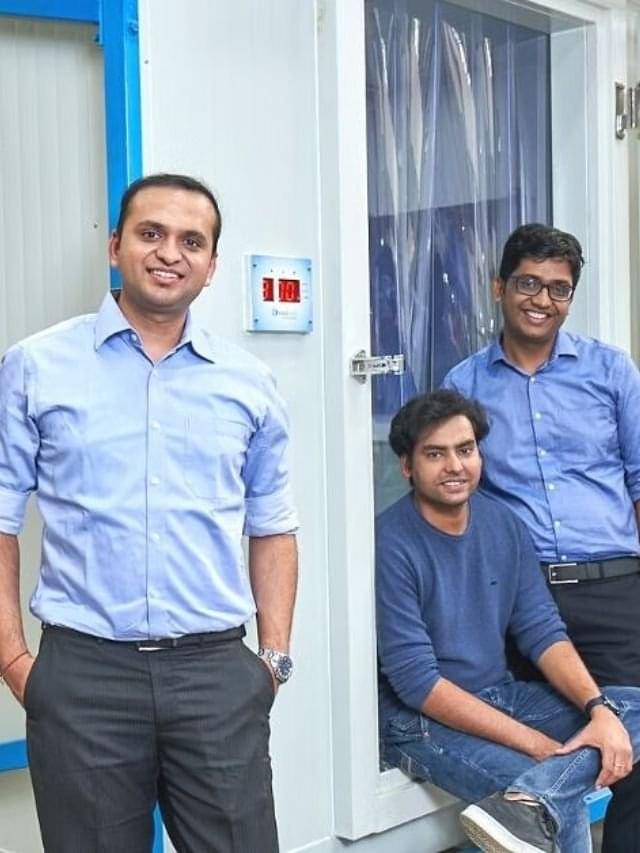

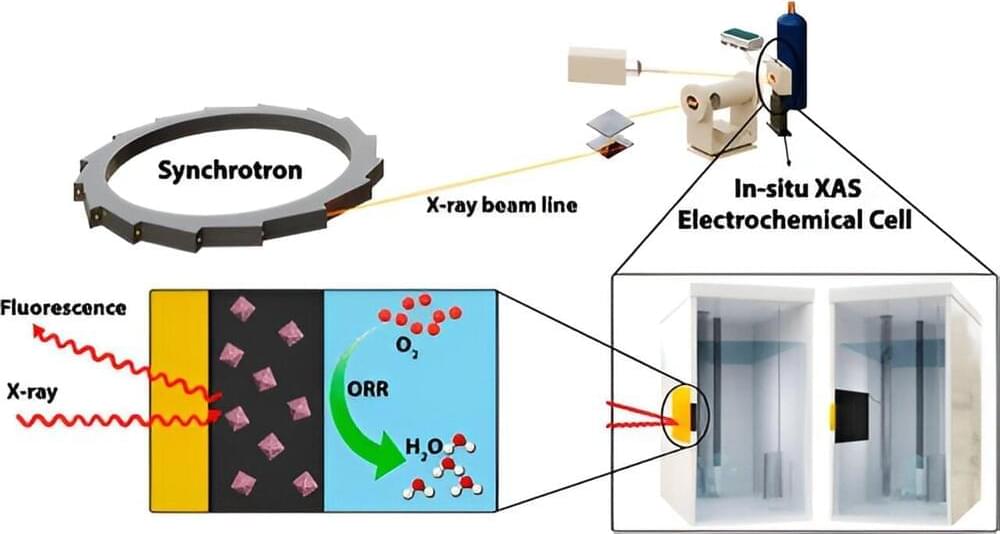
There is an urgent need to address climate change, making the development of sustainable energy alternatives more important than ever. While proton-exchange membrane fuel cells (PEMFCs) have shown great promise for energy production, particularly in the transportation industry, there is a long-standing problem with their durability and cost.
A Western research team has addressed the issue with a new cobalt-modified nanomaterial making PEMFCs more robust, readily sourced and environmentally sustainable demonstrating just a two percent loss in efficiency rate following 20,000 cycles in a durability test.
The new nanomaterial is used to enhance oxygen reduction reaction (ORR), the process that forms water in the fuel cell allowing a higher current for more efficient power generation. The cobalt-modified nanomaterial also reduces the reliance on platinum to construct these fuel cells. A costly precious metal, and mined primarily in South Africa, only a few hundred tons of platinum are produced annually.
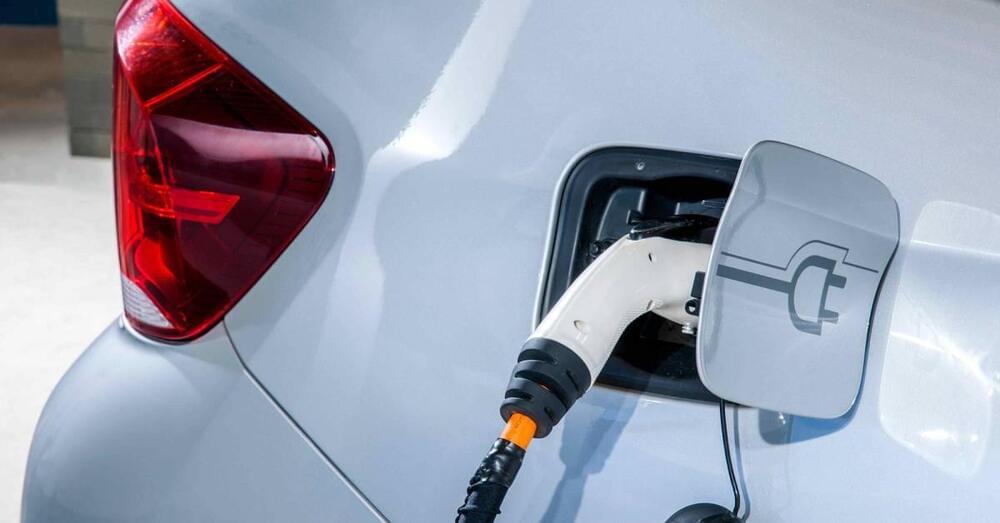
Ultracapacitors are awesome. But could they viably replace batteries in future electric vehicles?
Ultracapacitors have significant advantages over batteries, after all, they are much lighter, faster to charge, safer, and non-toxic. However, there are some areas where batteries wipe the floor with them, at least for now.
With recent acquisitions of ultracapacitor manufacturers by the likes of Tesla, ultracapacitors could be on the verge of ousting batteries as the go-to power source for electric cars.
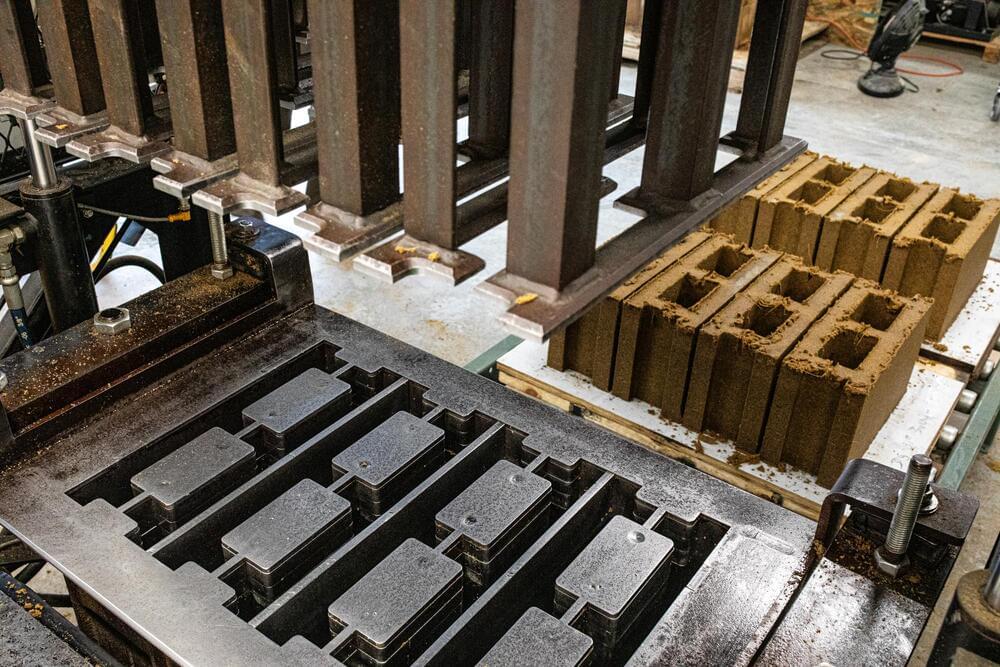
Innovation thrives when we pause to observe, question, and reimagine the world around us, turning challenges into opportunities for progress. Nature, in particular, serves as a rich source of inspiration. By observing it, studying its daily challenges, and contemplating its processes, we can discover valuable insights that inspire innovative solutions.
One of these current challenges is the production of concrete, an ancient and extremely popular material that is now accountable for a significant portion of global CO₂ emissions, due to the energy-intensive process of cement production and the chemical reactions involved. It is estimated to be responsible for approximately 8% of the world’s… More.
Explore the impressive properties of Prometheus Materials’ zero-carbon bio-concrete, a sustainable alternative to traditional concrete.
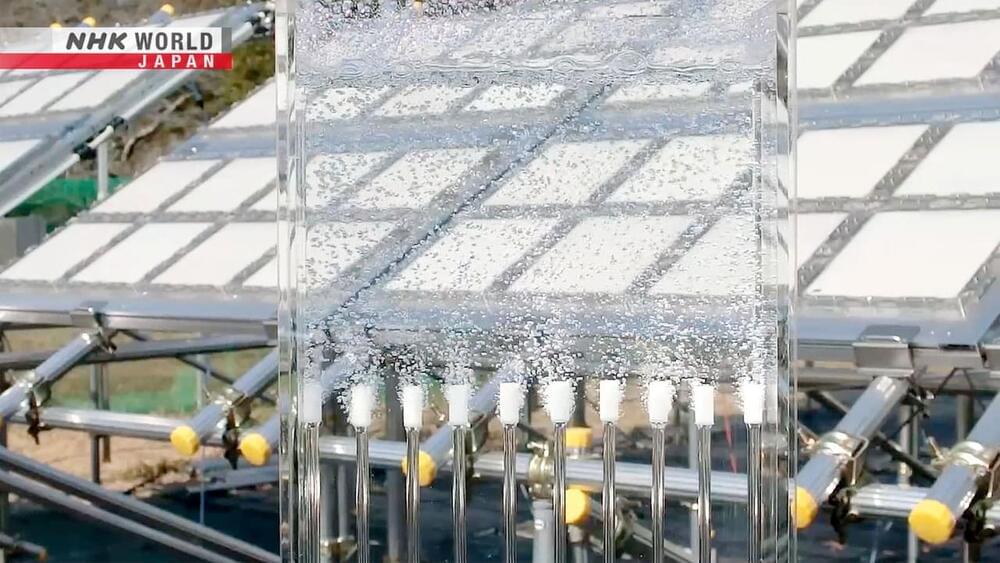
Artificial photosynthesis, the next-generation technology, has now come this far! It is a technology that mimics plant photosynthesis to produce energy from resources found on earth such as sunlight and carbon dioxide. This is a promising new solution to energy and environmental problems as it can efficiently produce hydrogen and other substances. Japan was one of the first countries to recognize this technology and had launched a national project that involved the collaboration among industry, academia, and government. In 2021, they successfully produced large amounts of hydrogen, taking the world by surprise. Also in this episode, take a look at a system that can power homes using carbon dioxide. Find out the latest in artificial photosynthesis with reporter Michelle YAMAMOTO.

Researchers at Tokyo Tech have demonstrated that in-cell engineering is an effective method for creating functional protein crystals with promising catalytic properties. By harnessing genetically altered bacteria as a green synthesis platform, the researchers produced hybrid solid catalysts for artificial photosynthesis.
Photosynthesis is how plants and some microorganisms use sunlight to synthesize carbohydrates from carbon dioxide and water.
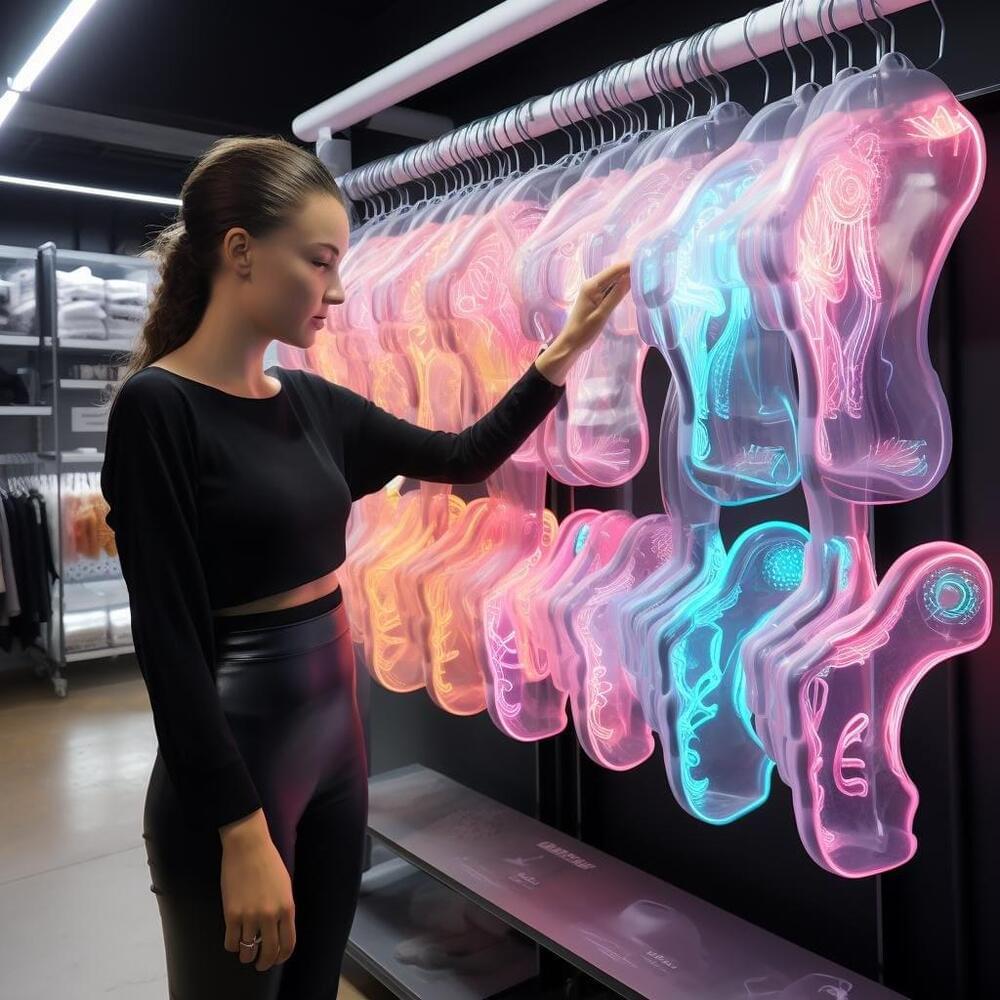
Core inflation remains elevated in advanced economies, with economists calling for tighter monetary policies in order to improve price and financial stability for sustained economic growth. With inflation only slowly moving towards sustainable targets, investors can leverage insights into teen spending patterns, behaviors, and advancements in technology to identify broader economic and market trends.
In a recent Piper Sandler Taking Stock With Teens survey that analyzed discretionary spending patterns, fashion trends, technology, and brand and media preferences, inflation was determined to be the number two social concern among teens, pointing to initial signs of a slowdown in teen spending.
“Inflation reached its highest mindshare in terms of political and social issues, right behind the environment,” said Edward Yruma, senior research analyst.
#spacetravel #quantumvacuum IRIS-AsteronX & The Eos Project.
Website: www.asteronx.com Links to research papers: Shinichi Seike, 1969, “Quantum Electric Space Vehicle”, 8th Symposium on Space Technology and Science, Tokyo. Froning, H. D., “Propulsion Requirements for a Quantum Interstellar Ramjet”, Journal of the British Interplanetary Society, vol. 33, p. 265, 1980.Froning, H. D., “Investigation of a quantum ramjet for interstellar flight” (AIAA Preprint 81–1534, 1981).Robert L. Forward, Extracting Electrical Energy From the Vacuum by Cohesion of Charged Foliated Conductors, Physical Review B, Vol. 30, pp. 1700–1702 (1984).“Casimir-cavity-induced conductance changes,” G. Moddel, A. Weerakkody, D. Doroski, D. Bartusiak, Physical Review Research, 3, L022007 (2021); DOI: 10.1103/PhysRevResearch.3.L022007.Garret Moddel: Zero-Point Energy Technology.
https://www.colorado.edu/faculty/moddel/research/zero-point-…gyJennifer Chu, “Quantum fluctuations can jiggle objects on the human scale”, MIT News Office, 2020.Dr Gregory L. Matloff, The Zero-Point Energy (ZPE) Laser and Interstellar Travel, Academia.edu, posted by Adam Crowl.
https://www.academia.edu/Ivlev, B.I… (2016). Conversion of zero point energy into high-energy photons. Revista mexicana de física, 62, 83–88. Recuperado en 18 de junio de 2022, de http://www.scielo.org.mx/.X. Jiang, X. Zhou and W. Peng, “Extraction of clean and cheap energy from vacuum,” 2013 International Conference on Materials for Renewable Energy and Environment, 2013, pp. 467–471, https://doi.org/10.1109/.H. David Froning, Morgan Boardman, Less Labored Acceleration and Faster-than-Light Travel in Higher Dimensional Realms, published in Faster Than Light Warp Drive and Quantum Vacuum Power by H. David Froning. Physicists are planning to build lasers so powerful they could rip apart empty space.
https://www.science.org/Terrance W. Barrett. The toroid antenna as a conditioner of electromagnetic fields into (low energy) gauge fields. Speculations in Science and Technology 21291–320 (1999). Originally presented at the Progress in Electromagnetics Research Symposium 1998, (PIERC’ 98), 13th-17th July, Nantes France. Daniel C. Cole and Harold E. Puthoff, Extracting energy and heat from the vacuum, Physical Review, Vol E48, #2, pp. 1562–1565 (August 1993).Harold White. Paul March. Advanced Propulsion Physics: Harnessing the Quantum Vacuum. (2011). https://www.lpi.usra.edu/meetings/nets2012/pdf/3082.pdfFong, K.Y., Li, HK., Zhao, R. et al. Phonon heat transfer across a vacuum through quantum fluctuations. Nature 576243–247 (2019). https://doi.org/10.1038/s41586-019-1800-4Music: Songs from the YouTube audio library.
https://studio.youtube.com/channel/UC2kkCGRqZWaSIK3BmLC8vaw/music(Natural Light) by Chris Haugen.
(Mind Stream) by Chris HaugenYouTube Audio Library License.
You can use this audio track in any of your videos, including videos that you monetize. No attribution is required. YouTube may credit the artist and link the Audio Library from your video.
You may not make available, distribute or perform the music files from this.
library separately from videos and other content into which you have incorporated.
these music files (e.g., standalone distribution of these files is not permitted).Free music by Scott Buckley.
https://www.scottbuckley.com.au/(What we don’t say) by Scott Buckley.
(Soar) by Scott Buckley.
released under CC-BY 4.0
www.scottbuckley.com.au https://www.scottbuckley.com.au/
https://www.scottbuckley.com.au/library/
https://www.youtube.com/channel/UC1GClXNsp99r4rvthPRwBLAPurchased
From Bandcamp.com.
Big Giant Circles — Legacy — 9 Nova Siberia OC ReMix-bonus-.mp3
Big Giant Circles — Legacy — 3 Faster Than Light-unused-.mp3
Big Giant Circles — Legacy — 6 Hold the Line-unused-.mp3
Big Giant Circles — Legacy — 9 Nova Siberia OC ReMix-bonus-.mp3 Purchased from Shockwave-sound.com.
Music Space Command (24-bit).wavPurchased from Pond5.com.
010892636-revelation.mp3 Purchased from NCM Epic Music Ender Guney.
Epic Cinematic Music.wavMusic from Kevin MacLeod.
Journeyman.mp3
Mystery Sax.mp3
Hungarian_Rhapsody_No_2_by_Liszt.mp3
https://incompetech.com/music/royalty-free/licenses/
https://creativecommons.org/Purchased from purple planet.
shadowlands.mp3 Copyright free music by WC Music.
life with you — Music by (Barradeen) _ WC Music (No Copyright Music)_1080p.mp4